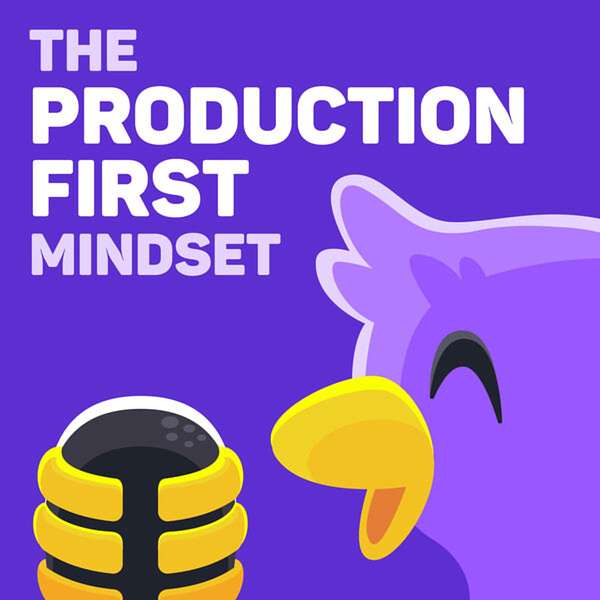
The Production-First Mindset
Learn how the top brands wow customers through production-first engineering. On this podcast you will find the tactics, methodologies, and metrics used to drive customer value by the engineering leaders actually doing it. Join Rookout CTO, Liran Haimovitch as he explores how customer-centric brands approach engineering to create a competitive advantage; with interviews covering topics such as automation, issue resolution, team structure, DevOps, and more.
The Production-First Mindset
Cherre's Stefan Thorpe - Heading Straight For The Cloud
•
Liran Haimovitch
•
Episode 41
Rookout CTO Liran Haimovitch sits down with Stefan Thorpe , CEO at Cherre. They discuss how he knew that the cloud was where he was going to go, the whole point of DevOps, why they monitor everything, what they’re doing with Kubernetes and why they’re excited about it, and why they don’t use terraform.
Rookout is a developer-first observability platform that provides an unparalleled ability to collect
Disclaimer: This post contains affiliate links. If you make a purchase, I may receive a commission at no extra cost to you.
.jpg)